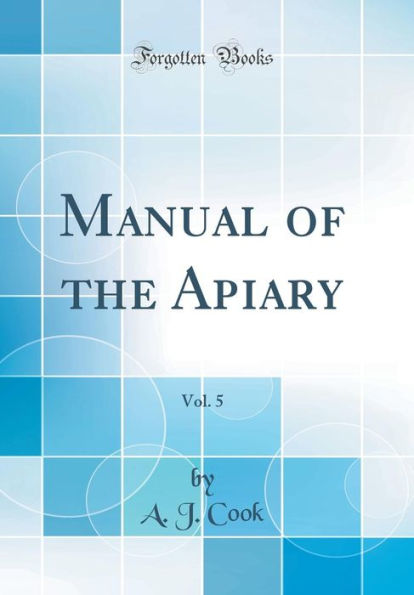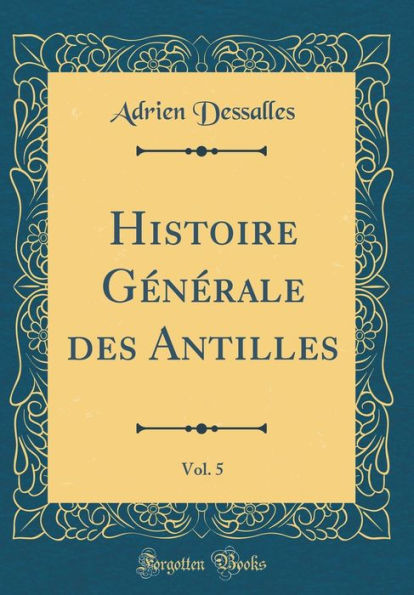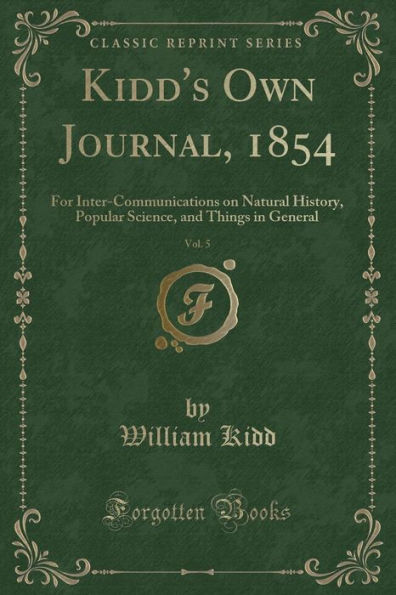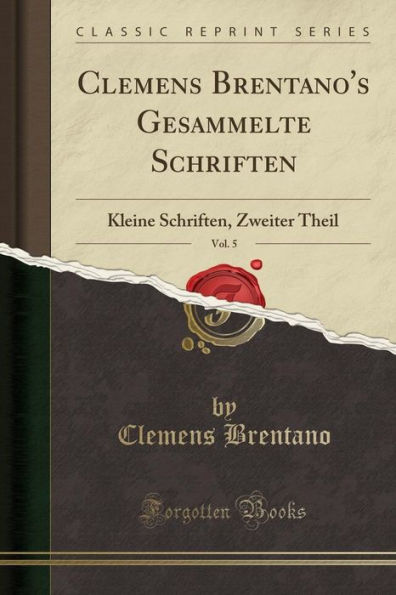Home
The Kansas City Review of Science and Industry, 1881-82, Vol. 5 (Classic Reprint)


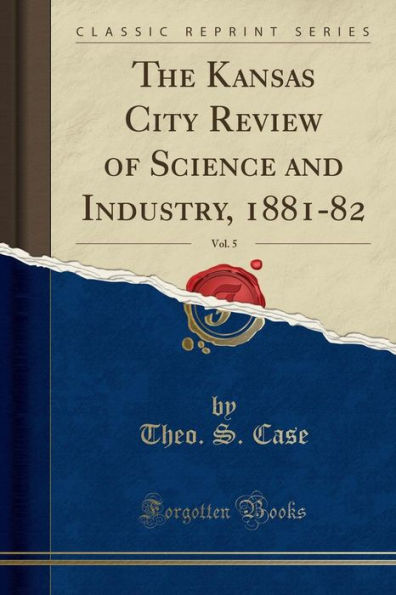
The Kansas City Review of Science and Industry, 1881-82, Vol. 5 (Classic Reprint)
Current price: $23.57
Loading Inventory...
Size: OS
Excerpt from The Kansas City Review of Science and Industry, 1881-82, Vol. 5
P. Molossus was twenty feet in length. It was provided with a huge bulldog shaped head with fangs projecting from the mouth four inches. The roof of the mouth and lower jaws were covered with teeth irregular in size - some long and conical as the ones mentioned; others much shorter. These huge fishes were also provided with other means of defense or attack in the shape of great bony spines, with one edge enameled, that, even in their fossilized forms, are hard and sharp enough to be used in cutting wood. In some species one edge is toothed. They are often three feet in length and are made up of bundles of rods which terminate in the sharp teeth of some species, or are beveled down to make the sharp edges of others. I have no doubt but that these enormous fishes would not hesitate to attack their neighbors, the saurians. They were certainly well provided with weapons, for, in addition to the ones mentioned, their tails were forked and made up of bundles of hard bony rods, and, I imagine, a blow from this would disable an antagonist easily. Another peculiar species found in Western Kansas is zthe snout fish, or Cope's Erz'oz'etlzes. Though small, not over five or six feet in length, its bony snout, six or eight inches in length, must have proved a terrible weapon. I discovered three new species, of this genus in 1877. We have also the Enc/zoa'us, a fish with teeth, one on each premaxilla, that were shaped like the incisors of a beaver. Sharks abounded; I have often found their flat coin-like vertebra and delicate serrate edged teeth.' One species of this family are provided with teeth covering the roof and floor of'the'mouth, which were doubtless used as a mill for grinding up food. Some beautiful crinoids were found by Prof. Mudge's party in the rocks of this formation. A company has been organized at Trego, Kan., for the purpose of utilizing the chalk by making waterproof cement - said to be equal to the best Portland cement. Great quantities of iron pyrites and gypsum are found. The rocks are of little value for building purposes, although it has been used in making the buildings at Ft. Wallace, with the belief that they would harden when exposed to the atmosphere, but they are as soft now as when 'the buildings were first made. Near Wallace, however, builders can draw from the conglomerates of the Loup Fork Group, which are found on the high lands near by.
About the Publisher
Forgotten Books publishes hundreds of thousands of rare and classic books. Find more at www.forgottenbooks.com
This book is a reproduction of an important historical work. Forgotten Books uses state-of-the-art technology to digitally reconstruct the work, preserving the original format whilst repairing imperfections present in the aged copy. In rare cases, an imperfection in the original, such as a blemish or missing page, may be replicated in our edition. We do, however, repair the vast majority of imperfections successfully; any imperfections that remain are intentionally left to preserve the state of such historical works.
